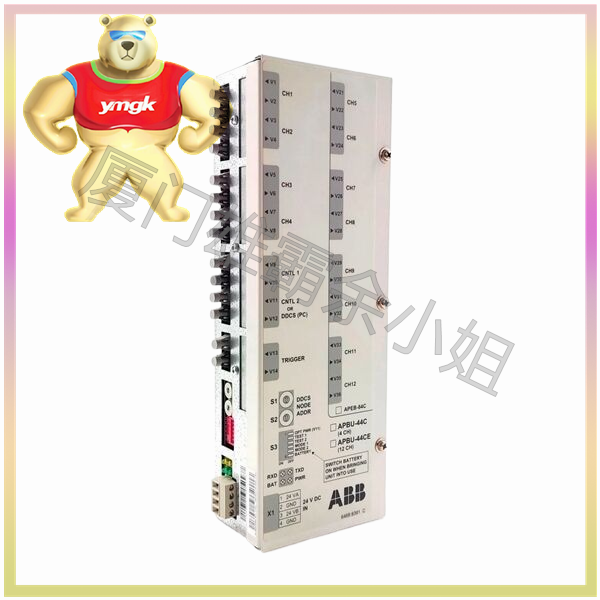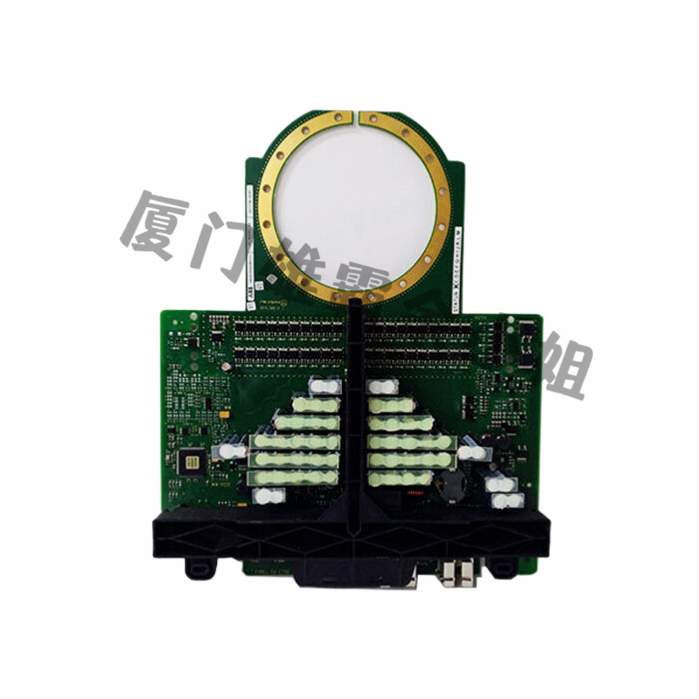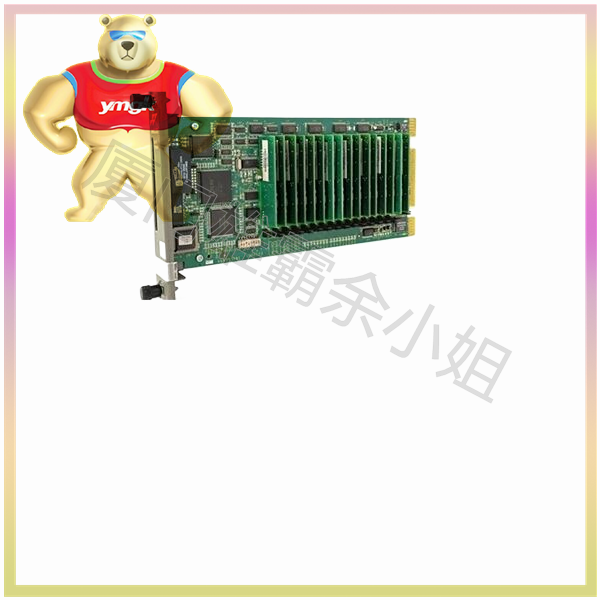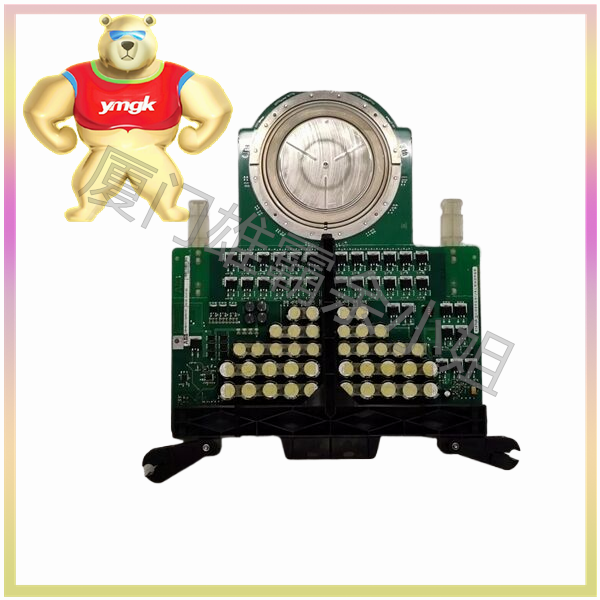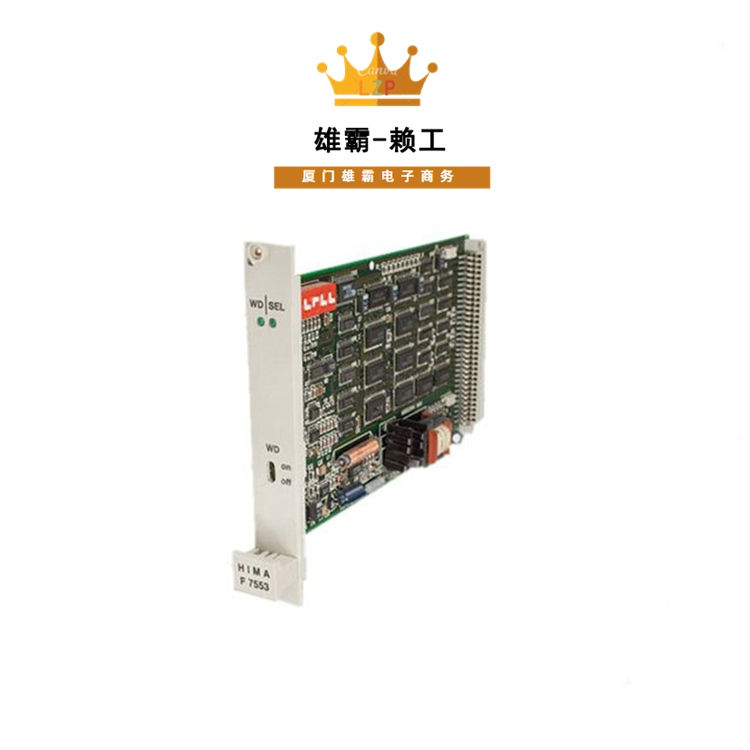In industrial automation control systems, the collaboration between PLC and drivers is mainly reflected in the following aspects:
Signal transmission and conversion
PLC sends control signals to the driver through output ports, which are usually digital or analog signals. After receiving these signals, the driver converts them into electrical signals to drive the movement of the device. At the same time, the driver can also receive feedback signals from the device, convert them into digital or analog signals, and then transmit them back to the PLC.
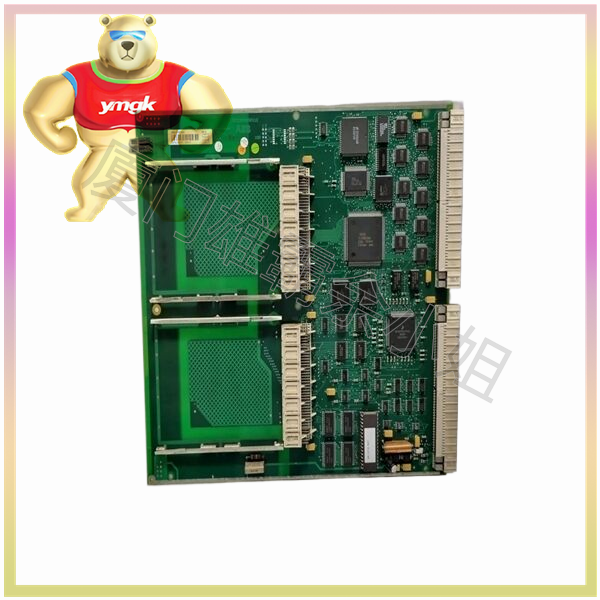
closed-loop control
In order to achieve more precise control effects, a closed-loop control method is usually used between the PLC and the driver. In this way, the PLC continuously adjusts the control signal output to the driver based on the preset program and feedback signals from the equipment, thereby achieving precise control of the equipment’s operating status. This closed-loop control method can greatly improve the stability and accuracy of the control system.
Fault handling and alarm
When the device malfunctions, the driver can detect the abnormal situation and issue an alarm signal. After receiving these alarm signals, the PLC will execute corresponding fault handling procedures, such as stopping the machine, switching to backup equipment, etc., to ensure the normal operation of the production line. At the same time, PLC can also store fault information and output it to the human-machine interface or monitoring system for operators to view and process.
5、 Summary
In summary, PLC and drivers play important roles in industrial automation control systems and cooperate with each other to achieve precise control goals. PLC, as the “brain” of the control system, is responsible for receiving external signals, executing preset programs, and outputting control signals; And the driver acts as a “muscle” responsible for receiving control signals and converting them into actual power to drive the equipment to work. Through collaborative methods such as signal transmission and conversion, closed-loop control, and fault handling and alarm, PLC and drivers jointly ensure the stability and efficiency of industrial automation control systems.

